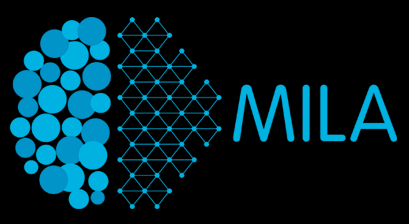 Lexum is proud to announce a collaborative project with MILA (Montreal Institute for Learning Algorithms) seeking to apply research in the area of deep learning and machine learning into the field of legal research.
Lexum is proud to announce a collaborative project with MILA (Montreal Institute for Learning Algorithms) seeking to apply research in the area of deep learning and machine learning into the field of legal research.
Having the chance of combining computer engineers with cutting-edge expertise in the specifics of legal texts, a large set of legal decisions (over 2 M decisions from CanLII) already available in parsable format and direct access to the knowledge and experience of one of the leading teams in Artifical Intelligence (AI) and deep learning worldwide, Lexum envisions a new way to make legal information accessible in Canada.
CanLII makes considerable use of hyperlinks to statutes, regulations (both sections and subsections) and cases, and you can noteup all those elements. As you know or assume, there is a software that reads the text, and when it sees “Extradition Act, S.C. 1999, c. 18, s. 44(1)” or “[2000] B.C.J. No. 1012 (QL)”, it puts a hyperlink to that act or case. We use heuristics based on various contextual and metadata reference points. In practice, such heuristic programming works pretty well.
“Alright. But what if there is no mention whatsoever of the applicable act or case?”, says Ivan Mokanov, Lexum’s Executive Director and project lead for the Lexum – MILA initiatives.
Consider the following situation:
Case 1: While the accused was incarcerated, he had a telephone conversation with his ex‑girlfriend during which he repeatedly told her that he would kill her upon his release if she proceeded with her planned abortion of their child. The accused was charged with uttering threats.
Case 2: The accused was charged with three counts of threatening to cause serious bodily harm. He had written anonymous letters to three football cheerleaders graphically detailing various sexual acts which he wished to perform upon them and concluded each with a threat that he would have sexual intercourse with them “even if I have to rape you”.
Case 3: The respondent [… ] was tried on a single charge of uttering a death threat […]. Essentially, the Crown alleged that, on November 7, 2012, while he was incarcerated at the Toronto Don Jail, the respondent threatened to kill a correctional officer named Jason Groeneveld, who was employed in that facility.
In absence of an explicit reference to s. 264.1 (1) of the Criminal code (Uttering threats), can we predict that the cases above actually deal with this specific section of the Criminal Code? This output would be helpful in many cases where the relevant documents have not been referred to for whatever reason.
Now, can we take this a step further? What if there is no legal qualification of the facts?
If the texts above didn’t contain the words – (Case 1) “The accused was charged with uttering threats”; (Case 2) “The accused was charged with three counts of threatening to cause serious bodily harm”; and (Case 3) “The respondent was tried on a single charge of uttering a death threat” – can we still predict s. 264.1 (1) of the Criminal code applies based on merely factual descriptions? This result would be even more interesting since it can apply to texts describing facts provided by a layperson.
Providing further legal qualification and a map of the relevant sources of law from the expression of a set of facts, legally qualified or not, is one of our current research and development goals in relation with AI.
We will keep you posted.









